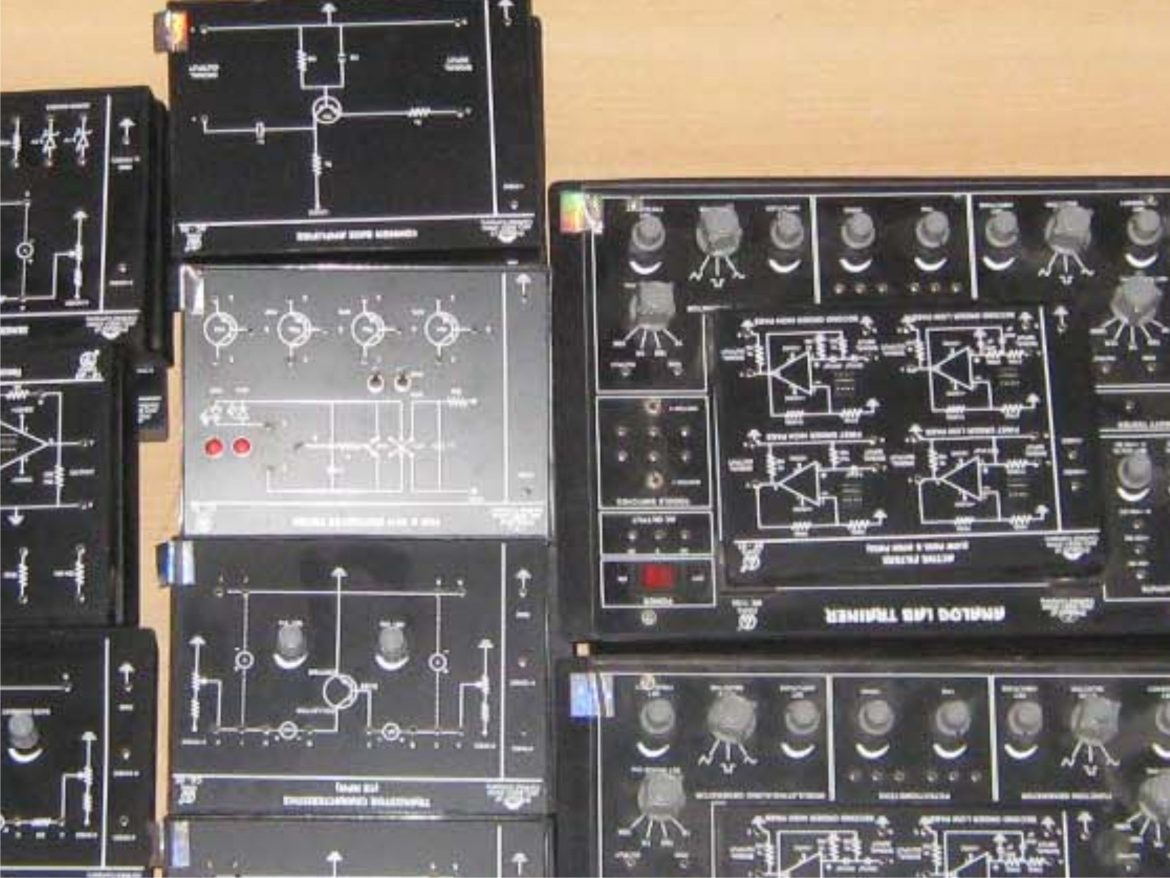Electrical breakers are an essential component of any electrical system, as they protect your home or business from electrical overloads and short circuits. However, like any other electrical component, breakers can wear out over time and may need to be replaced. In this article, we will discuss when to replace electrical breakers and provide you with a comprehensive guide to help you make an informed decision.
Signs that Your Electrical Breakers Need to be Replaced
- Frequent Tripping: If your breaker trips frequently, it may be a sign that it is worn out and needs to be replaced. Breakers are designed to trip when they detect an overload or short circuit, but if they trip too often, it can be a sign of a faulty breaker.
- Burn Marks: If you notice burn marks on your breaker or the surrounding area, it may be a sign of overheating. Overheating can cause damage to the breaker and may even lead to a fire hazard.
- Age: Breakers have a lifespan of around 20-30 years, depending on their usage and quality. If your breaker is approaching or exceeding this age, it may be time to replace it.
- Corrosion: Corrosion can occur due to moisture or other environmental factors and can cause damage to the breaker. If you notice any signs of corrosion, it may be time to replace the breaker.
- Inconsistent Power: If you notice that some of your electrical devices are not receiving consistent power, it may be a sign of a faulty breaker. This can be caused by a worn-out breaker that is no longer able to provide consistent power.
How to Replace Electrical Breakers
Replacing electrical breakers is a job best left to a professional electrician. However, if you have experience working with electrical systems, you can follow these steps to replace your breaker:
- Turn off the power: Before you begin, make sure to turn off the power to the breaker panel.
- Remove the cover: Remove the cover from the breaker panel to access the breakers.
- Remove the faulty breaker: Use a screwdriver to remove the faulty breaker from the panel.
- Install the new breaker: Install the new breaker in the same position as the old one and secure it with screws.
- Test the breaker: Turn the power back on and test the new breaker to make sure it is working correctly.
Conclusion
In conclusion, electrical breakers are an essential component of any electrical system, and it is crucial to know when to replace them. If you notice any signs of wear or damage, it may be time to replace your breaker. Remember to always turn off the power before attempting to replace a breaker and consider hiring a professional electrician for the job. By following these guidelines, you can ensure that your electrical system remains safe and reliable for years to come.

